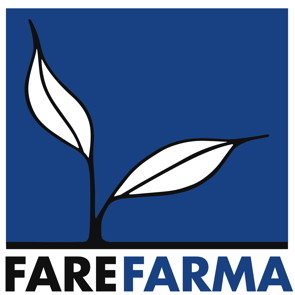|
Ecotoxicology of VMPs assesses the fate in the environment and the potential to affect non-target species, including both aquatic and terrestrial organisms. The field of ecotoxicology is a complex science and gaps in data and knowledge exist. Though most of VMPs have been used for a long time some basic information are still lacking. Our staff is able to evaluate the relevance of available data, to predict environmental exposures, to identify the recommended studies and to interpret exposures relative to endpoint values obtained in specific studies.
Expertise in the appropriate scientific disciplines is a valuable prerequisite for designing an environmental impact assessment program for VMPs. Our staff offers you the experience gained in ecotoxicology science.
Farefarma S.r.l. proposes you the following services:
- Environmental impact assessment for veterinary medicines
- collection and critical evaluation of published literature data
- calculations of PECs following the use of products in livestock
- evaluation of the risks to terrestrial and aquatic environment
- planning the Phase II – Tier A and B studies
- PECs refinements
- modelling the potential for environmental exposure of fish medicines used in aquaculture
- modelling the physical-chemical properties
- modelling the PECs refinements in water (FOCUS)
- identifying risk reduction strategies
- higher-tier aquatic and terrestrial field studies (Tier C)
- liaison with the authorities
Our staff can provide quality assured advice and consultancy about:
- Environmental risk assessment for human medicines
Review of active ingredients for endocrine disrupting properties
Farefarma S.r.l. has an exclusive partnership with Biotecnologie BT and collaboration project with other CRO providing the following experimental services:
- Physicochemical properties
- Water Solubility (OECD 105)
- Dissociation Constants in Water (OECD 112)
- UV-Visible Absorption Spectrum (OECD 101)
- Melting Point / Melting Range (OECD 102)
- Vapour Pressure (OECD 104)
- n-Octanol/Water Partition Coefficient (OECD 107 or 117)
- Toxicity on non-target organisms
- Earthworm Subacute toxicity on reproduction (OECD 220-222)
- Nitrogen transformation (OECD 216)
- Terrestrial Plants Toxicity (OECD 208)
- Algae/Cyanobacteria toxicity (OECD 201)
- Invertebrate (Daphnia) toxicity (OECD 202)
- Fish toxicity (OECD 201)
- Algal Growth Inhibition (saltwater – ISO10253)
- Crustacean Acute Toxicity (saltwater – ISO14669)
- Fish Acute Toxicity (saltwater)
- Acute Toxicity on Dung Fly Larvae (for endo/ectoparasiticides)
- Acute Toxicity on Dung Beetle Larvae (for endo/ectoparasiticides)
- Degradation and fate
- Soil adsorption/desorption (OECD 106)
- Soil Biodegradation – route and rate (OECD 307)
- Degradation in Aquatic System (OECD 308)
- Photolysis
- Hydrolysis
- PEC refinement
- Degradation in manure (EMA/CVMP/ERA/430327/2009)
- Metabolism and excretion studies (ADME)
- Higher tier studies (Phase II - Tier B and C)
|
 FAREFARMA SRL | PHARMACEUTICAL EXPERIMENTAL AND REGULATORY SERVICES
FAREFARMA SRL | PHARMACEUTICAL EXPERIMENTAL AND REGULATORY SERVICES